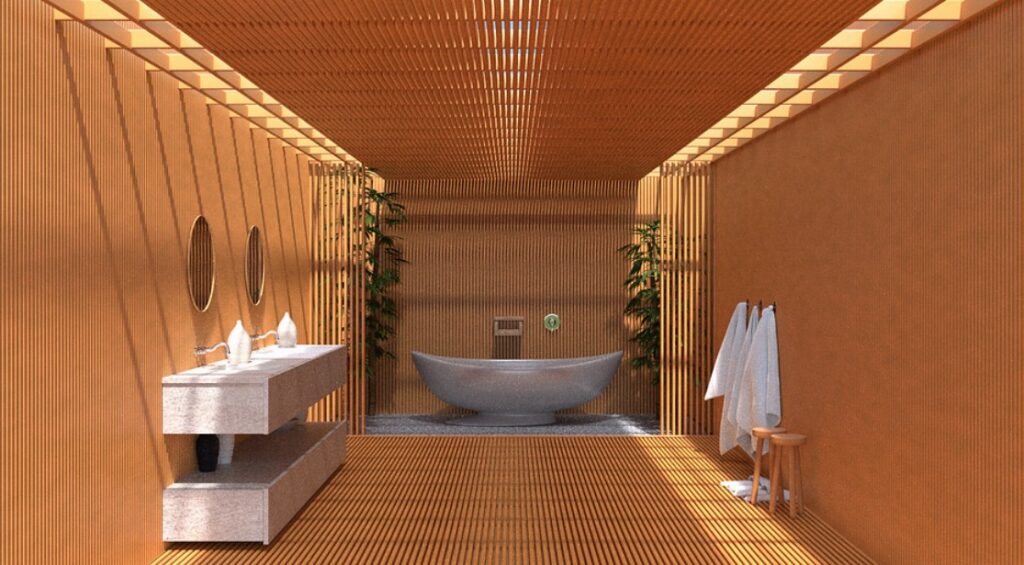Japanese soaking tubs, also known as Ofuro or Furo, are an ancient tradition in Japanese culture. These simple but elegant tubs are designed to promote relaxation and healing by soaking in hot water. In this article, we will explore the secrets of Japanese soaking tubs and their benefits.
History and Culture of Japanese Soaking Tubs
The tradition of Japanese soaking tubs dates back to the 8th century, when hot springs (known as Onsen) were discovered in Japan. The Japanese people believed that soaking in these hot springs had healing properties, so they began to build their own hot tubs at home, using wood and iron.
Over time, the Japanese perfected the art of soaking tubs, using different types of wood and techniques to create the perfect environment for relaxation and healing. Japanese soaking tub is typically made of Hinoki, a type of Japanese cypress wood that is known for its aroma and resistance to moisture.
Japanese soaking tub is also an important part of Japanese culture, as they represent a moment of relaxation and self-care in a busy and stressful world. In Japan, it is common for families to share a soaking tub, and many public places, such as hotels and spas, offer traditional Japanese soaking tubs as part of their services.

Benefits of Japanese Soaking Tubs
Japanese soaking tubs offer a variety of benefits for your body and mind. Here are some of the most important benefits:
Relaxation: Soaking in hot water is a great way to relax your muscles and release tension. The heat from the water can also increase blood flow and reduce stress levels.
Improved Circulation: Soaking in hot water can improve circulation by increasing blood flow to your muscles and organs. This can help to reduce pain and inflammation, and improve overall health.
Detoxification: The heat from the water can help to open up your pores and promote sweating, which can help to eliminate toxins from your body.
Skin Care: The hot water can also improve your skin by opening up your pores and promoting the secretion of natural oils. This can help to hydrate your skin and reduce dryness and irritation.
Better Sleep: Soaking in hot water before bed can help to promote relaxation and improve sleep quality. The heat from the water can help to lower your body temperature, which can lead to a deeper and more restful sleep.
How to Use a Japanese Soaking Tub
Using a Japanese soaking tub is easy and straightforward, but there are a few things to keep in mind to ensure a relaxing and healing experience:
Fill the tub with hot water: The ideal temperature for a Japanese soaking tub is between 100-104 degrees Fahrenheit. You can use a thermometer to check the temperature of the water.
Add essential oils or bath salts: Adding essential oils or bath salts to the water can enhance the relaxation and healing benefits of the soaking tub. Popular oils include lavender, eucalyptus, and peppermint.
Soak for at least 20 minutes: The ideal soaking time is between 20-30 minutes. You can use this time to meditate, read a book, or simply relax and enjoy the experience.
Rinse off: After soaking, rinse off with cool water to close your pores and prevent skin irritation.
Japanese soaking tub is a simple and effective way to promote relaxation and healing. By understanding the history and culture of Japanese soaking tub, as well as their many benefits, you can create a spa-like experience in the comfort of your own home. Whether you’re looking to reduce stress, improve circulation, or simply enjoy a moment of self-care, a Japanese soaking tub is a great addition to your wellness routine.